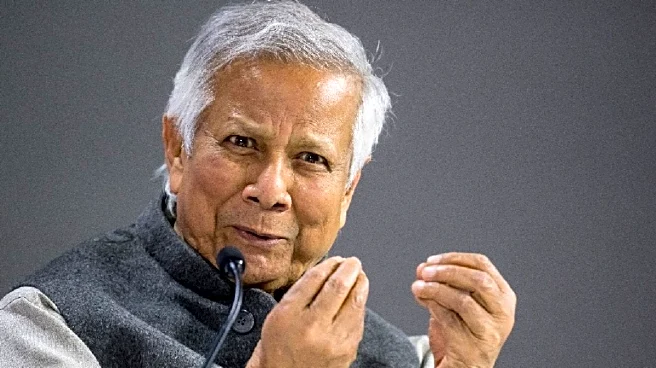Wealth advisor Chandralekha MR said India’s National Pension Scheme (NPS) has become a far more powerful wealth-building tool- potentially even more rewarding than mutual funds- after a series of major recent upgrades. In a LinkedIn post, she explained that the new rules dramatically strengthen NPS’s appeal for long-term investors, particularly young earners who want to maximise compounding while keeping costs low.
What Are New NPS Upgrades?
Chandralekha explained that NPS subscribers now have access to four major enhancements. The most significant change, she said, is the option for subscribers to allocate 100% of their NPS portfolio to equities- a move that replaces the earlier system where equity exposure was capped at 75% for many investors
depending on their age and choice of scheme.
She noted that this expanded exposure is “huge for anyone in their 20s,” because early equity compounding- combined with NPS’s tax benefits- materially boosts long-term wealth outcomes.
Read more: Rs 10,000 SIP Vs Rs 3 Lakh Lump Sum: Which Pays Off Better Over 15 Years?
She also highlighted a major shift in liquidity rules. The mandatory lock-in, previously tied to retirement age, has now been reduced to just 15 years, making NPS suitable not only for retirement but also medium-term goals such as home purchases, higher education or mid-career sabbaticals.
Another key upgrade, she said, is the introduction of multi-scheme flexibility. Earlier, investors were restricted to a single scheme within NPS but they can now combine aggressive, balanced or conservative options, effectively creating a diversified portfolio within the same account.
Despite the enhancements, NPS continues to remain one of India’s lowest-cost investment products. Even after management fees increased from 0.09% to 0.30%, the cost remains far below regular mutual funds, which typically charge 1–2%. Chandralekha emphasised that even direct mutual fund plans, which charge 0.5–1%, are still pricier.
“Over 30 years, that cost difference compounds to lakhs,” she said.
How Future Changes Could Strengthen NPS Even Further?
Chandralekha pointed to two proposals currently under consideration. One would reduce the compulsory annuity allocation from 40% to 20%, giving investors greater control over how they use their maturity corpus. The other would extend the maximum investment age from 75 to 85, a move she said could unlock more compounding for senior investors.
Why These Changes Matter For Investors?
According to Chandralekha, the new framework transforms NPS from a rigid retirement product into a highly flexible, cost-efficient compounding tool.
“These upgrades don’t just make NPS practical,” she wrote, adding, “They make it potentially richer than most mutual funds- if used right.”














/images/ppid_59c68470-image-176396002354945608.webp)

